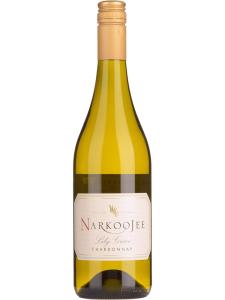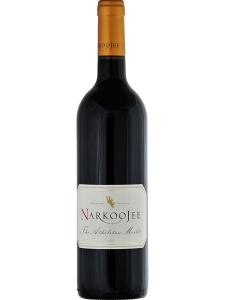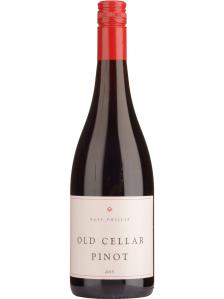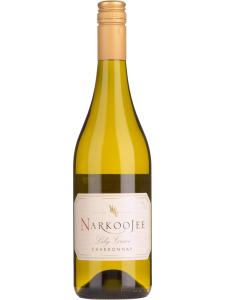Gippsland is a large wine zone in Victoria, occupying the southeastern corner of the state along the Tasman coast. The region is a relatively late entrant to the Australian wine scene, getting started in the 1970s, but has quickly earned itself a reputation for high quality wines. Pinot Noir is Gippsland's standout variety, but Chardonnay also thrives in the region.
The region covers a large swathe of coastline just east of Melbourne and separated from the rest of Victoria by the Victorian Alps. It can be separated quite distinctly into several areas based on climate and topography, but it remains under a single GI (Geographical Indication) – that of Gippsland itself. It was granted this status in 1996.
Southern Gippsland is one of the more important parts of the area, as its climate, cooled by winds from the Bass Strait, has proved conducive to high-quality viticulture. This sub-region has a significant diurnal temperature shift, which helps the grapes retain acidity as they ripen. Rainfall can be quite high, but deep, well-drained soils help to negate the worst effects of this.
Western Gippsland is also cool, but for a different reason; its climate is influenced by the area's proximity to the snowfields of the Great Dividing Range, which forms its northwestern boundary. Beyond the small town of Rosedale lies Eastern Gippsland, which is markedly different from its counterparts in that the climate here is more Mediterranean with warmer temperatures and lower rainfall.
Overall, Gippsland's cool climate has seen vignerons experiment with Pinot Noir with great success, making a range of styles from light and elegant to more muscular and tannic. Chardonnay is also very important, making a similar range of styles based on vineyard site and winemaking. Cabernet Sauvignon, Merlot and Shiraz are all planted in the region as well where suitable, but to a much lesser extent than the Burgundy varieties.





